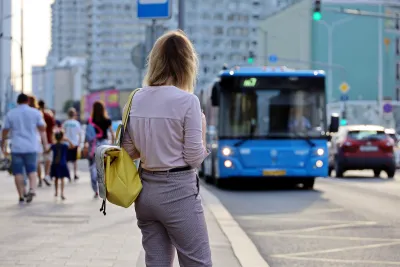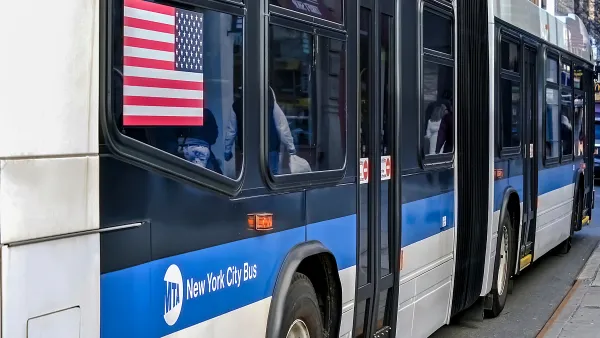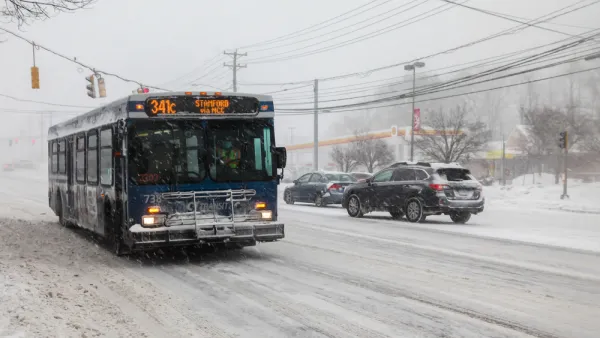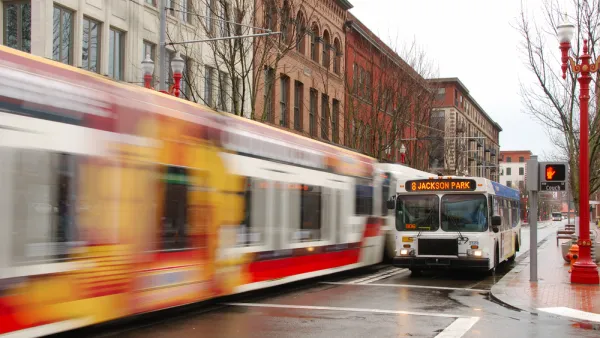Eliminating transit fares can have benefits that ripple across a local economy and improve livelihoods.

In a commentary in the Gazette Leader, Liam Crisan argues that free public transit has proven itself as an effective way to boost ridership, improve equity, and offer better mobility and connectivity.
In Albuquerque, ridership grew by 49.4 percent in the year following the city’s decision to make all its transit routes free. “Zero fares is a direct way to put cash in the pockets of those who need it most. Most of those who use ABQ RIDE are people of color, 74 percent are low-income and 73 percent don’t have access to a car.” Other cities with fare-free pilot programs include Richmond, Virginia, Kansas City, Missouri, and Olympia, Washington.
Eliminating transit fares can also save agencies money by eliminating fare collection mechanisms and enforcement costs and contribute to economic development. According to Crisan, “Every $1 invested generates $5 in economic returns. Better funding and more ridership means more jobs and increased commercial activity. By connecting people to medical, educational, professional, and community-building resources, affordable and accessible public transit changes lives.”
FULL STORY: Commentary: Free public transit would be a win-win solution

National Parks Layoffs Will Cause Communities to Lose Billions
Thousands of essential park workers were laid off this week, just before the busy spring break season.

Retro-silient?: America’s First “Eco-burb,” The Woodlands Turns 50
A master-planned community north of Houston offers lessons on green infrastructure and resilient design, but falls short of its founder’s lofty affordability and walkability goals.

Delivering for America Plan Will Downgrade Mail Service in at Least 49.5 Percent of Zip Codes
Republican and Democrat lawmakers criticize the plan for its disproportionate negative impact on rural communities.

Test News Post 1
This is a summary

Test News Headline 46
Test for the image on the front page.

Balancing Bombs and Butterflies: How the National Guard Protects a Rare Species
The National Guard at Fort Indiantown Gap uses GIS technology and land management strategies to balance military training with conservation efforts, ensuring the survival of the rare eastern regal fritillary butterfly.
Urban Design for Planners 1: Software Tools
This six-course series explores essential urban design concepts using open source software and equips planners with the tools they need to participate fully in the urban design process.
Planning for Universal Design
Learn the tools for implementing Universal Design in planning regulations.
EMC Planning Group, Inc.
Planetizen
Planetizen
Mpact (formerly Rail~Volution)
Great Falls Development Authority, Inc.
HUDs Office of Policy Development and Research
NYU Wagner Graduate School of Public Service





























